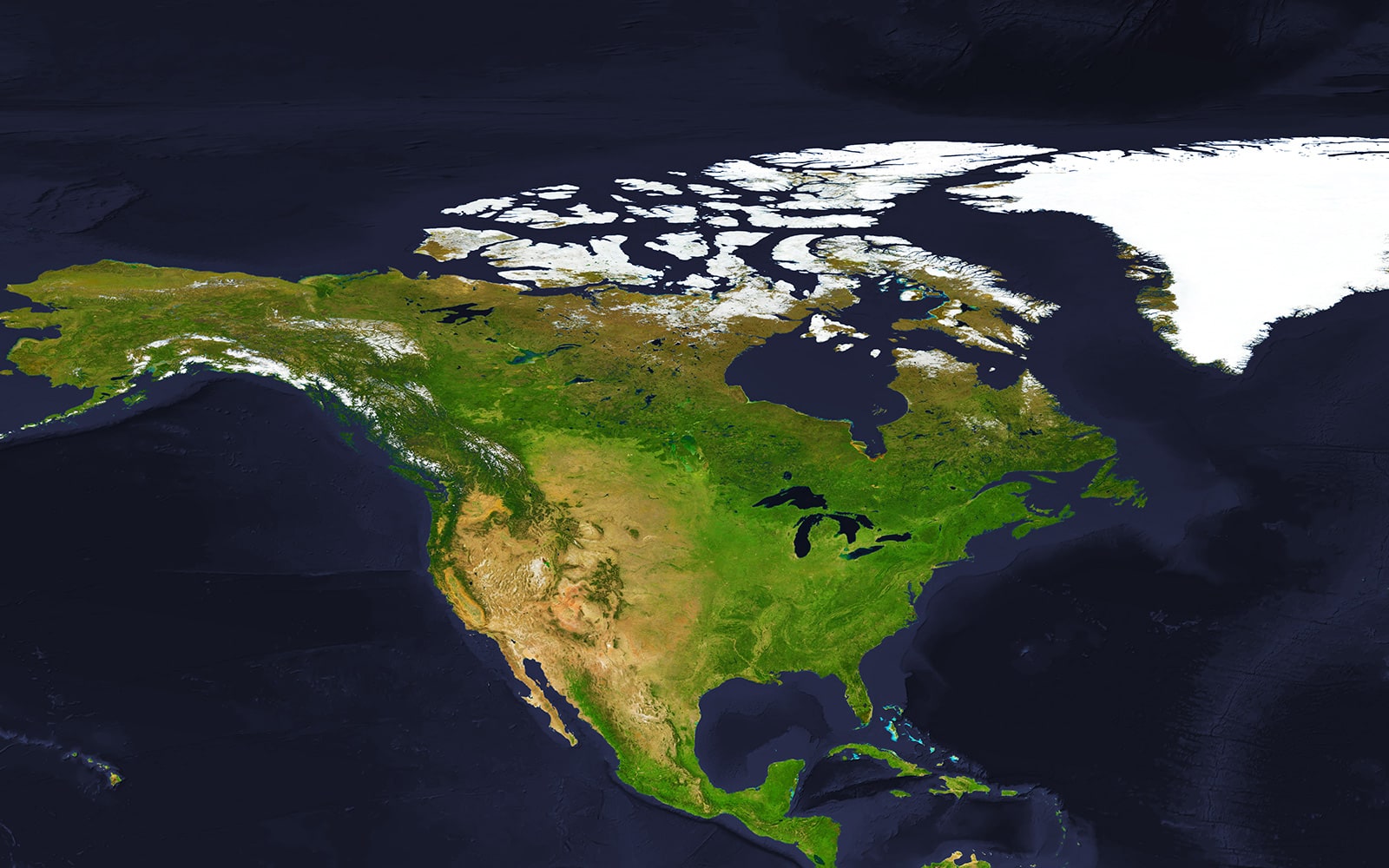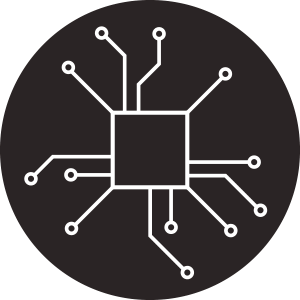WHAT IS THIS TECHNOLOGY?
Artificial Intelligence (AI) is an emerging technology that involves training computers to evaluate data, identify trends, and apply these learnings to subsequent problems. As more data becomes available, AI gets smarter and will allow us to tackle even more complex problems.
© Canon / Brutus Östling / WWF-Sweden
WHY AI FOR CONSERVATION?
AI, in conjunction with newly developed data collection technologies, is fundamentally changing the way we study and protect wildlife. It can help predict the extinction of species, measure the global footprint of business and industry, assess species range shifts, and tackle human wildlife conflicts. It also can be used to stop wildlife poaching, to predict future climate change, and foresee changes in water quality.
WHERE IS WWF USING AI?

NORTH COAST
BRITISH COLUMBIA
SWAG (Ships, Whales, Acoustics in Gitga’at Territory).
ARTIFICIAL INTELLIGENCE IN ACTION
Explore how WWF-Canada and our partners are using Artificial Intelligence for conservation.
Working to protect whales with AI and bioacoustics.
© Natalie Bowes / WWF-Canada
ARTIFICIAL INTELLIGENCE IN ACTION
Working to protect whales with AI and bioacoustics
In northern B.C.’s Squally Channel, four underwater hydrophones capture the calls, clicks and moans of orcas, humpbacks, and fin whales.
These strategically placed recorders radio-transmit acoustic data in real time to a field station on nearby Fin Island, where researchers are working to protect marine mammals and reduce the risks these whales face from marine vessels.
Today, fewer than 50 large commercial vessels traverse this part of the Gitga’at First Nation Territory each year. However, increased shipping traffic in prime whale habitat could threaten the recovery of marine mammals where numbers have been slowly growing since the end of commercial whaling. To reduce the impact of shipping on marine mammals, we need more continuous real-time monitoring of these whales and information on how they use their habitat.
© Steph Morgan / WWF-Canada
WWF-Canada has partnered with the Gitga’at First Nation and North Coast Cetacean Society to launch a multi-year bio-monitoring project called SWAG (Ships, Whales, Acoustics in Gitga’at Territory). AI-based detection and acoustic monitoring play a key part in this project.
SWAG’s four hydrophones are monitoring 200 km2 of ocean, collecting natural and man-made sounds — even those at frequencies the human ear can’t detect. From that acoustic data, researchers can pick out whales, triangulate their precise location, determine their numbers, and track their movement in the Squally Channel.
AI is being used to develop algorithms that can differentiate between orcas, fin whales and humpback whales. By comparing incoming acoustic data against an existing audio library of whale sounds, the software will learn how to identify individual species and understand the nature of the vocalization — distinguishing between feeding, socializing and other types calls.
With this data, SWAG will help the Gitga’at Nation, government agencies and industry implement smart management measures to protect whales. For example, ships could be alerted when approaching whales, or restricted from entering certain areas to reduce the risk of disturbance.
© Chad Graham/ WWF-Canada
Shaping the future of wildlife relationships
Artificial intelligence is constantly evolving, providing new insights in conservation practices. The tools being developed by SWAG can be deployed elsewhere. From the critically endangered North Atlantic right whale to the bowheads in Beaufort Sea, this technology will help shape a future where humans can live in harmony with these iconic species.
IMPACT
5
Based on our preliminary work, the AI algorithms that have been developed can distinguish between 5 different whale call types.
